
|
|
|
|
|
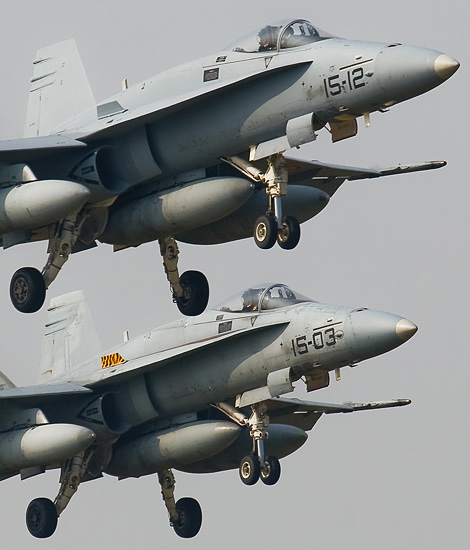
|
With High Speed over the Runway; Florennes March 17, 2009
The Tactical Leadership Program 2009/2; Text and Photograph's by Alex van Noye
On Tuesday, March 17 I went to the TLP at the southern Belgian airbase of Florennes. It would be one of the
last TLP sessions at Florennes. Seven different countries were represented including Poland and Greece at the
TLP 2009/2. It was promised to be a beautiful day with a great variety of movements.
The TLP is an important training for fighter pilots and it's held six times a year at the Belgian airbase
Florennes. Each course contains approximately twenty four aircraft and their crews from many different NATO
countries. Each participating unit will normally send two planes and about thirty people to support them.
Each course lasts four weeks. All kind of aircraft from all over the NATO will participate during this
exercise; this makes the TLP a very diverse exercise for the pilots and its ground crew. The main objective
of the TLP students is to participate in a war scenario as realistic as possible within the limits of what
is possible in peacetime. Every day new scenarios are presented which will cover all possible aspects of
modern warfare.
Training missions are flown with different scenarios to confront the participating pilots with exceptional
situations. Especially the missions in which pilots cannot fly at their own fields are trained at the TLP.
Another objective of the course is to facilitate a free exchange of information about weapons, tactics and
opportunities to work together with other participating nations. The pilots can easily be trained in working
in a multinational cooperation by flying in constantly changing environments. The best opportunities of the
large variety of participating aircraft are used to an optimal during the so-called Combined Air Operations
(COMAOs). Each course exists of fifteen sorties which are flown and several theory lessons. The intention of
the course is to develop leadership skills for the pilots during a multinational cooperation. There are also
missions flown by the participants in fully integrated multinational formations.
It is possible to fly missions over Great-Britain, The Netherlands, Belgium, Germany, Denmark and France
because of the central location of Florennes. This offers many advantages such as the variety of terrain and
targets which will be used for the scenarios. Also the amount of produced noise will be spread over a very wide area;
|
|
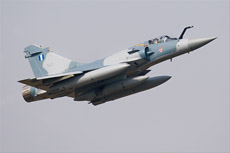
|
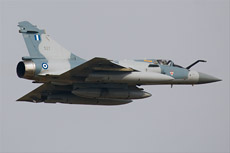
|
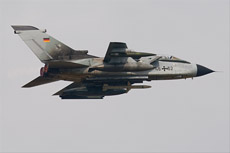
|
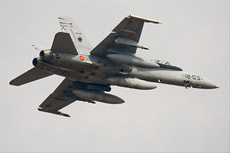
|
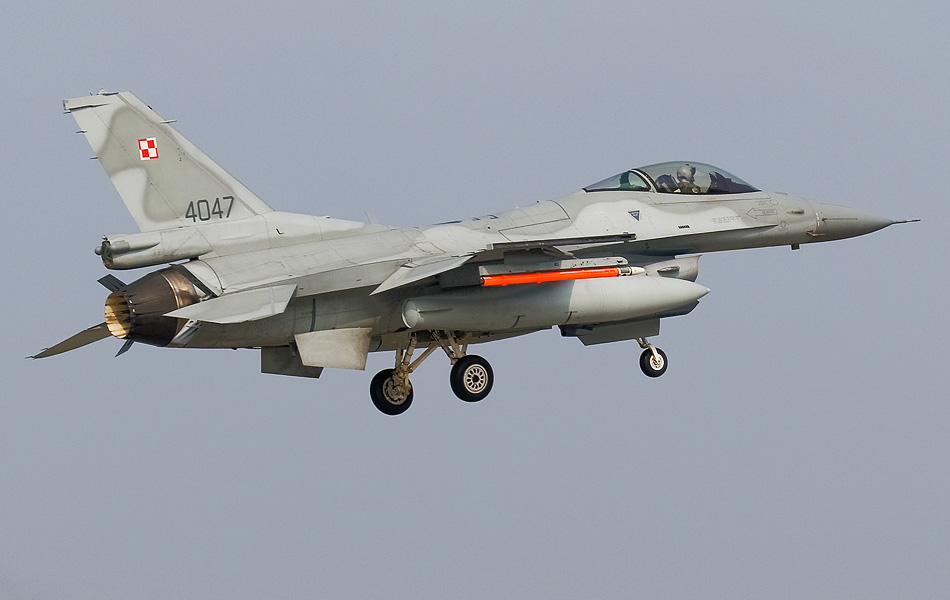
|
the exercise will not
influence the direct environment of Florennes because of this. The TLP flying course has a night flying
program once a year. The primary goal of these COMAO operations is planning and flying in the dark hours of
the day. This is not possible at Florennes because of the noise which is generated in the environment during
these hours. Because of this situation the TLP will move each year to a different location in Europe for these
missions. The TLP became a very important exercise within the NATO because it is constantly in development.
It is adapted to the most modern and actual scenes of operation all over the world. A wide range of exercises
and missions are created within the TLP course because of this mindset. New scenarios are continuously being
developed and tested during this course and they are adapted to all current conflicts around the world.
I arrived at Florennes air base in the southern part of Belgium after a ride of approximately 2.5 hours by
car. The weather today was cold but very sunny. The wind was blowing from the east; so probably they should
fly over runway 08 today which is from the west to the east. My prediction was right when the local F-16 went
airborne, they indeed flew runway 08. There aren't many photographic opportunities on the other side of the
base with decent light conditions, so I decided to stay on the east side of the base during the take-off phase.
The planes came from the other side of the air base and they flew very low among us after they went airborne.
This usually produces a lot of action shots which can be spectacular. Especially when some heavy loaded
aircraft like the Tornado will take off like this.
The flight line of the TLP came alive after having waited for about half an hour. It was very busy on the TLP
platform; there were maintenance people everywhere and it would not take long before the first aircraft
started their engines. My main goal for today was to see the participating Greek Mirage 2000's; there were
four aircraft on the platform. These aircraft may be considered as very exotic since you never see them in
Europe outside Greece. Unfortunately for us, one of the four machines had some problems during its start up
and it aborted its flight. Because of this only three of the Mirage's would fly today. Besides the Mirages we
also saw Polish F-16's, German Tornado's, Spanish Hornetts and Italian AMX's during this TLP session. The
first aircraft appeared at the head of the main runway thirty minutes after start up. We heard a lot of noise
from the other side of the base when the first aircraft gave full throttle for take-off. It took thirty
minutes before all the aircraft were airborne. Most of the aircraft flew along us at low level which was good
for some action photography.
The first TLP participants returned to Florennes approximately one and a half hour after the last departures.
We had more than enough time to get to the other side of the base after take-off for photography of the landing
TLP participants. We were standing slightly lower at the other side of the base than we were on the east side
of the base. The light conditions were very well for the incoming planes on this side. The low-angled winter
sun gave us a very nice effect on the incoming Greek Mirages. They had a nice blue color if you take a picture
diagonally from behind. Some Spanish Hornetts came in simultaneously in a tight formation. This requires much
concentration of the pilots with such low speeds and less space between each other. A good timing is important
if you want to take a decent full frame picture of these aircraft. The total recovery of the TLP mission would
take about one hour. All the TLP participants were back at Florennes at two pm and I left back to the
Netherlands. It wasn't the busiest TLP which I have seen, but the quality of the participants was good,
especially because of the participation of the Greeks with their Mirages and the Poles with their Vipers.
Again it was a very nice day at Florennes with some great photo opportunities.
|
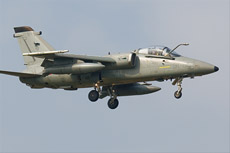
|
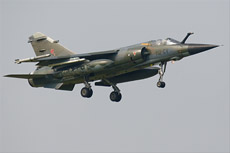
|
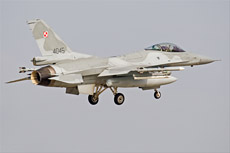
|
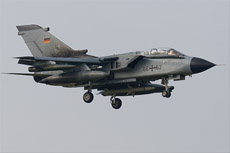
|
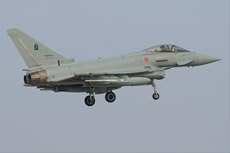
|
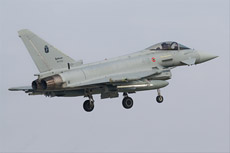
|
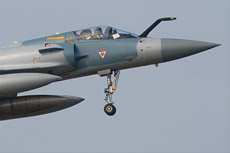
|
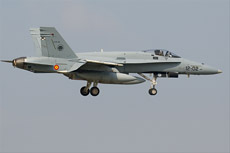
|
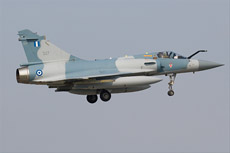
|
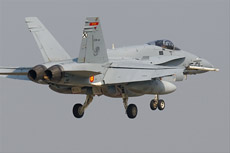
|
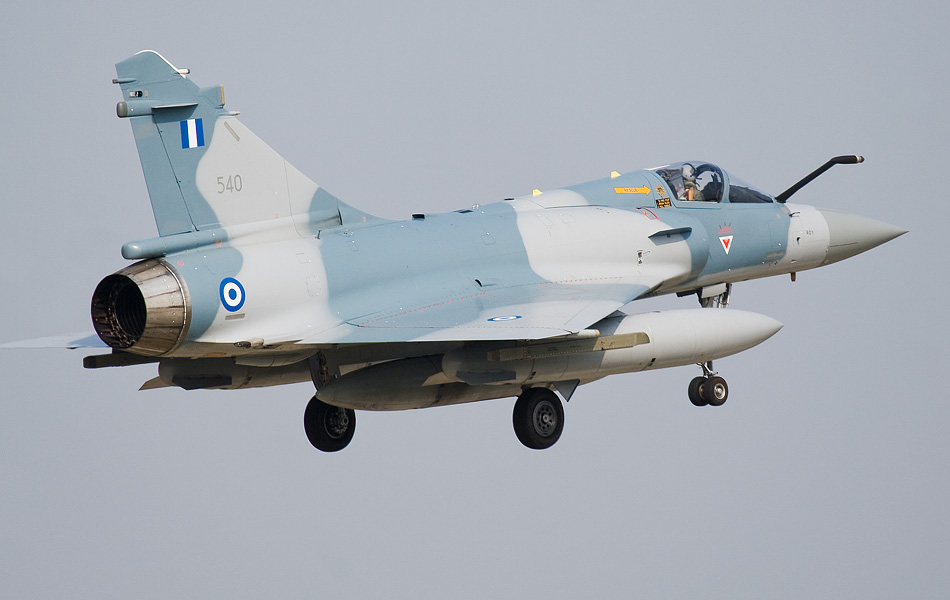
|
|
|

|







